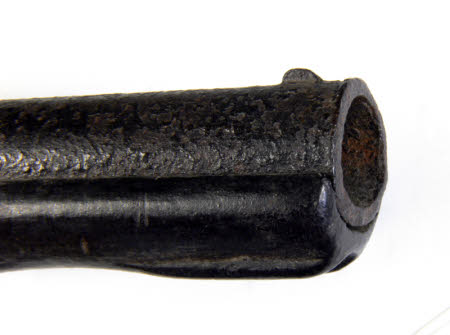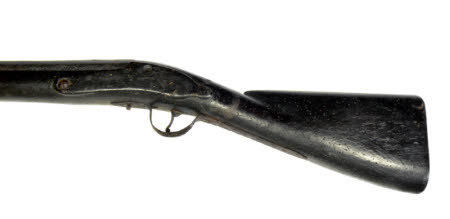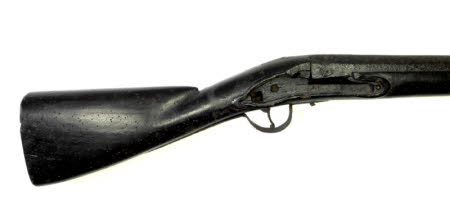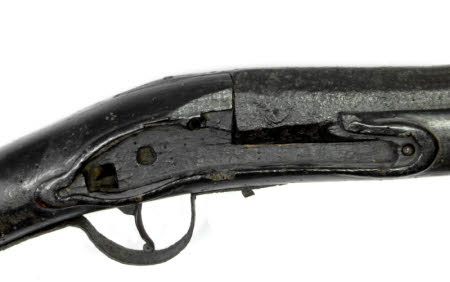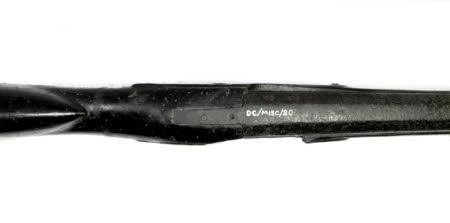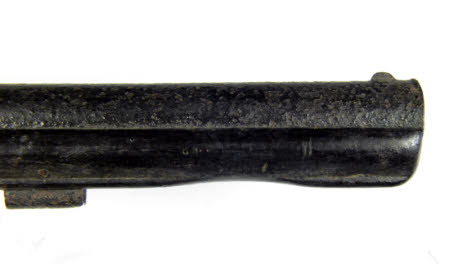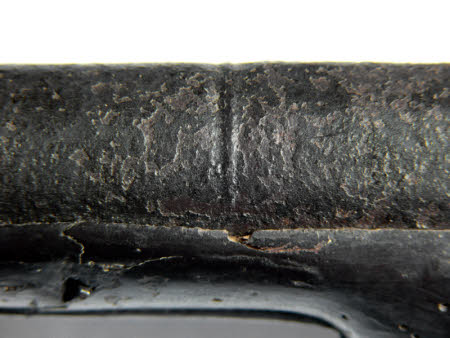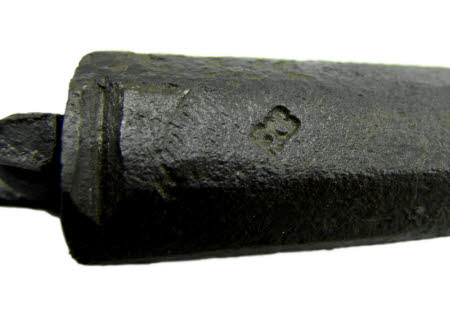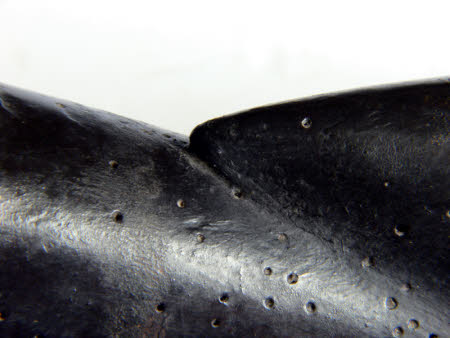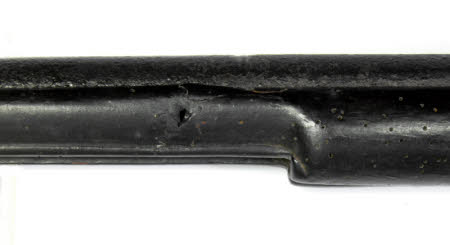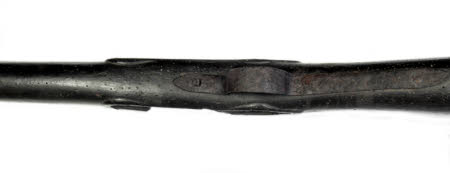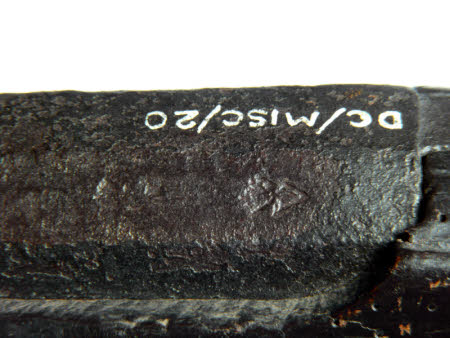Gun
Category
Arms and armour
Date
circa 1670 - circa 1685
Materials
Wood and metal
Measurements
1535 x 55 x 180 mm
Order this imageCollection
Dunster Castle, Somerset
NT 725972.1
Summary
Rare flintlock musket, English, c1670-1685
Full description
Part of the 17th century Luttrell Armoury and described in the 1705 inventory as one of "43 Musquetts in Dunster Castle". It is thought that the Armoury was assembled in the 1670s by Francis Luttrell (1659 -1690) who formed a Militia and took part in repelling the invasion by James, Duke of Monmouth in 1685. Iron barrel, formed in 2 stages, octagonal at the breech, then round to the muzzle, separated by a turned moulding. The breech stamped with London Gunmakers Company proof marks. The underside of the barrel struck with the makers mark RC. The muzzle with a blade fore-sight. The barrel tang with a small vacant hole (unidentified) between the tang screw and the breech. Retained to the stock by 3 barrel pins. The ramrod is missing. Barrel length: 115cm Calibre: 20mm Wooden full stock, the butt of slight “hand-rail” form. Profile carving to the lock recess and to opposite side of the stock; also to the full length of the ramrod channel. Iron furniture comprising; bow-shaped trigger guard with long rear nailed-on tang, and 2 ramrod pipes. Curved trigger with scroll tip. The lock missing. The profile of the lock recess indicates that the missing lock was a flintlock (French vertical sear type). One sidenail is present. Overall length of musket: 152.2cm References Brian Godwin, “The Armoury at Dunster Castle”, 14th Park Lane Arms Fair catalogue, London 1997 Brian Godwin, “Dunster Castle – The Armoury Revisited”, London Park Lane Arms Fair catalogue, Spring 2008
Marks and inscriptions
Barrel left side top: Crowned GP and Crowned V
References
Godwin, 2003, Brian Godwin, “The English Flintlock: Its Origins and Development”, (with John Cooper & Michael Spencer) 20th Park Lane Arms Fair catalogue, London 2003.


